During the fall of 2022, dozens of visual and performing artists transformed Zagreb into an open-air gallery. More than 500 works of modern and contemporary art were painted onto billboards, set up in parks and squares, and popped up along Upper Town’s cobbled streets, turning the country’s historic capital into a pulsating and vibrant creative center. In one instance, Zagreb’s own Bruno Isaković and his fellow performing artists acted out scenes for 30 Years of Croatia, exploring such topics as Croatia’s entrance into the European Union (EU) and the country’s independence from Yugoslavia, at various locations citywide. In another, those strolling through Zagreb’s Grič tunnel were treated to Pupoljci, an installation of brightly lit "flower buds" created out of discarded plastic bags and unusable umbrellas, which reflected on the creative reuse of seemingly dispensable objects. Through the engaging works of local and international artists, filmmakers, choreographers, and more, both local residents and visitors alike had an opportunity to experience Croatia’s largest city in a new and exciting way.
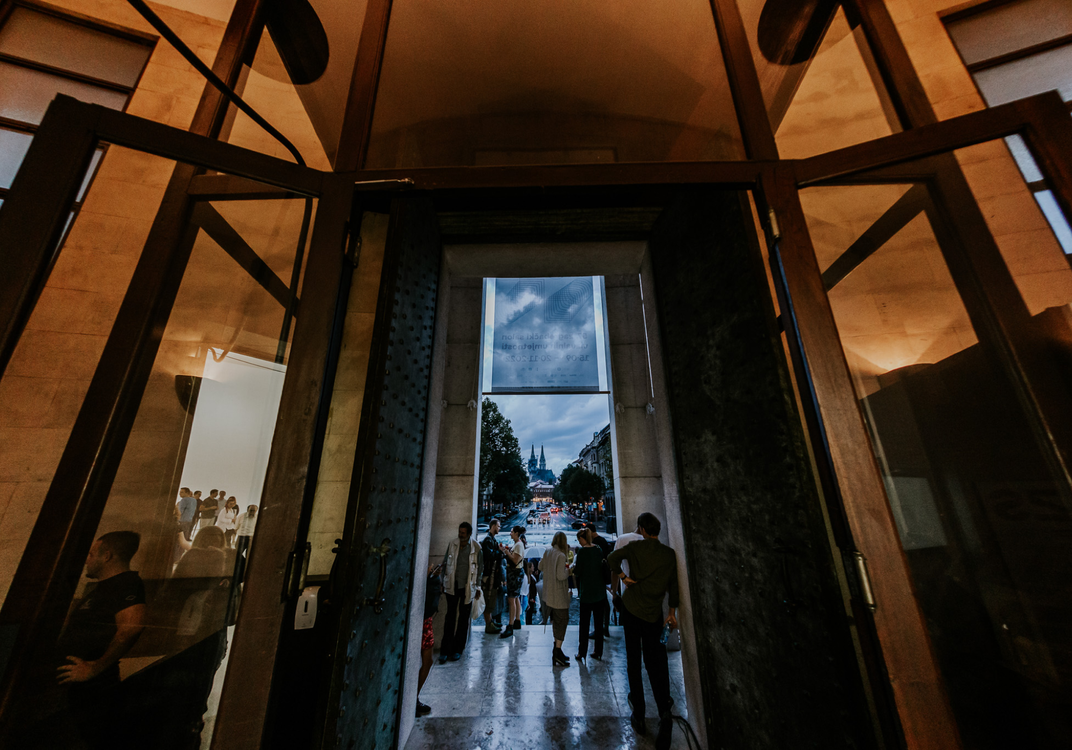
Welcome to Artupunktura, a creative initiative organized by the Zagreb Tourist Board and its partners to promote art and culture throughout the city. The name Artupunktura—which in English translates to “Artupuncture,” a playful combination of art and acupuncture—refers to a type of art therapy. The whole idea behind this month-long fall festival is to activate Zagreb’s virtual energy with art. It also highlights the city’s role as a living entity that depends on creativity to thrive.
Art has long been a part of Zagreb’s identity, but it really started breathing new life into the city over the last decade, with some fantastic street art and projects like Art Park. This outdoor gallery and green space has transformed Zagreb’s once neglected Ribnjak park into a creative oasis, beginning in 2019 (the project itself started a few years earlier in a smaller park, but relocated to keep up with interest). Visitors wander among makeshift sculptures, peruse colorfully painted murals, and simply enjoy the urban artistic vibe. From May through October, the park also hosts everything from DJs spinning to workshops on crafting plant terrariums. Another popular art project, Q’art Ilica was revived in 2018. A community program of social innovation, Q’art rethinks the city’s ecosystem through art, involving local residents and visitors in participatory works that center on many of Zagreb’s modern social and cultural issues.
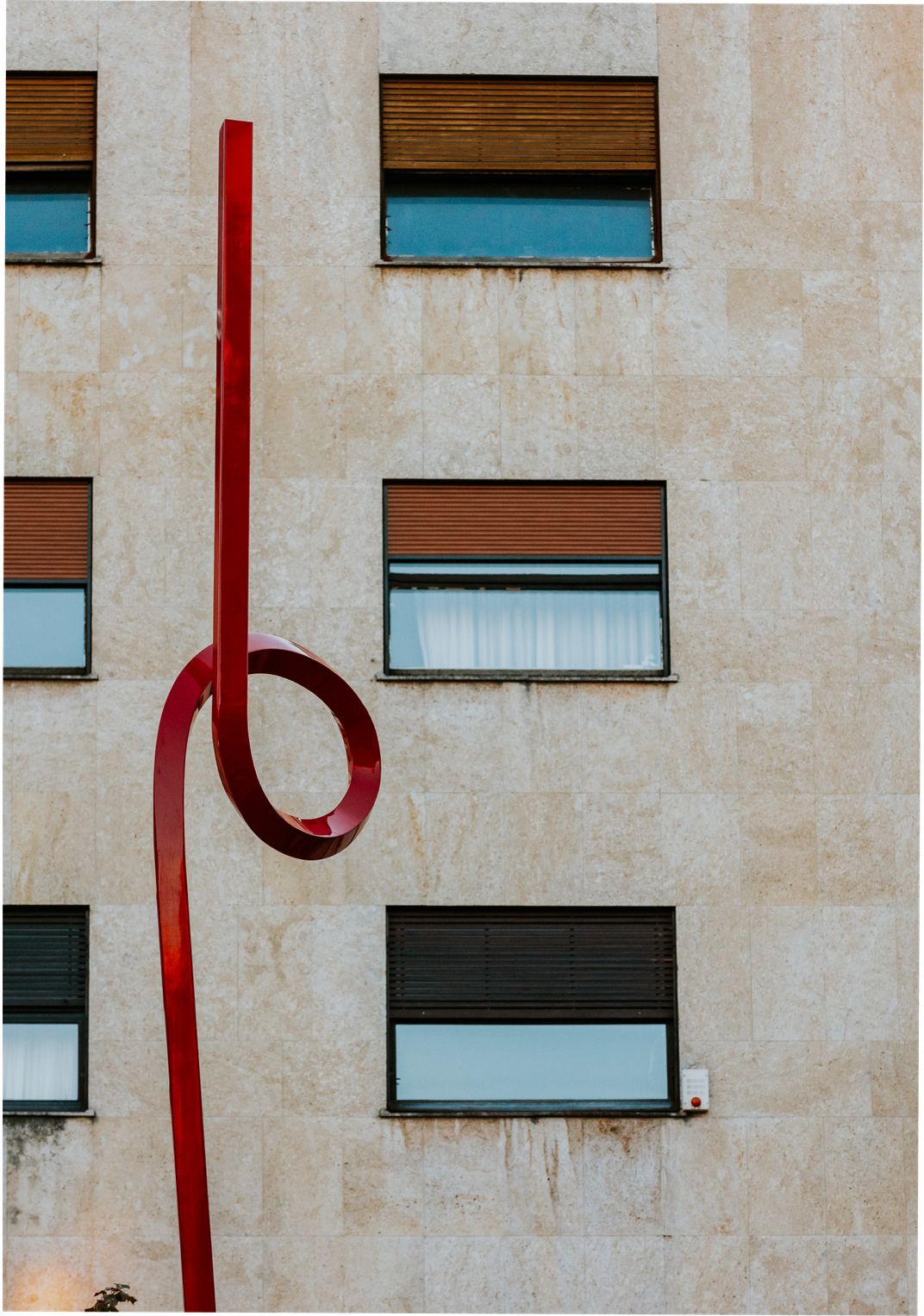
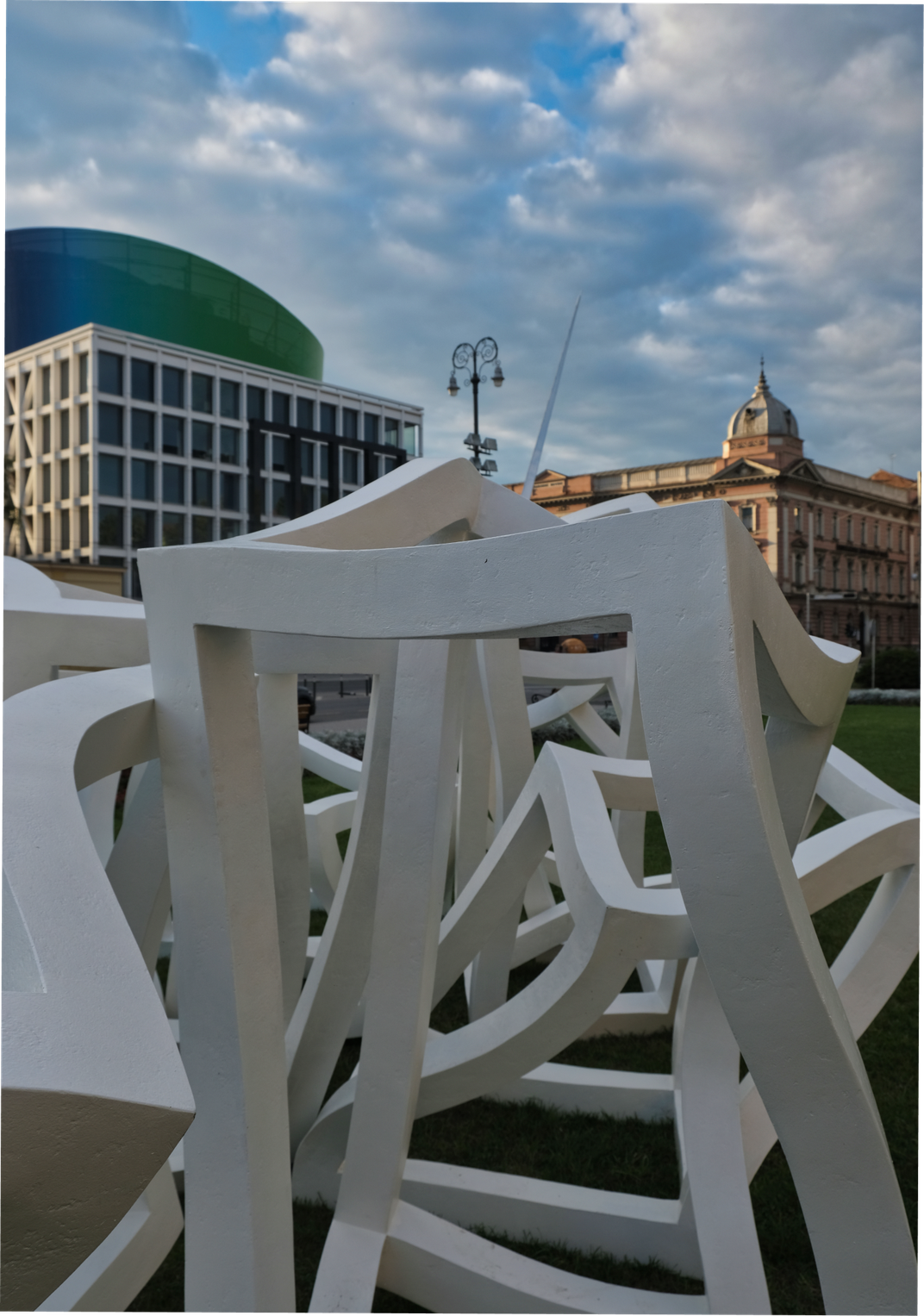
But while the city was already on its way to becoming a center of art and culture, with numerous festivals and smaller initiatives all playing their part in adding to the diverse art scene, it wasn’t until 2020 that the idea of bringing them together under a larger tent began percolating. In March of that year, Zagreb was at a crossroads. A 5.3 magnitude earthquake struck the city’s northern suburb in the early morning of March 20, cracking walls, damaging rooftops, and making many buildings uninhabitable. This coincided with the start of the Covid-19 lockdown, and spirits were low. So, Zagreb’s artists stepped in to help. Street art and performances began popping up across the city, and organizations like Q’art Ilica made use of derelict spaces, infusing new life into the crumbled infrastructure with their interactive art displays. Suddenly, Zagreb was pulsating with new energy, bringing and awakened vitality to the historic city.
Zagreb Tourist Board held its first Artupunktura in autumn 2021, with participants from over eight arts organizations and galleries, and more than “20” points of art to explore, both indoors and out. A year later, Artupunktura had already grown exponentially, with more than 20 participating collectives coming together with local residents, visitors, and the city itself, to both invigorate Zagreb’s art scene as well as reimagine and redefine its historic streets in the process.
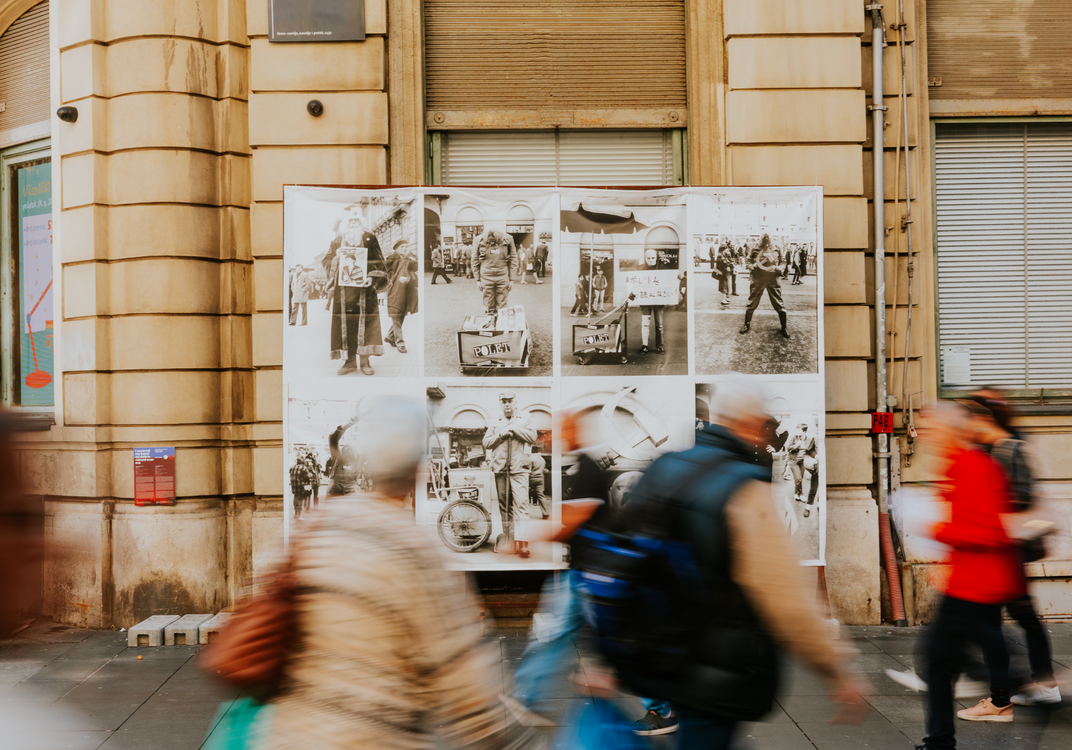
There was Art Bubble, a group of contemporary art gallery pop-ups that were constantly moving between unconventional places, like a hospital or a boutique storefront; and ART by KNAP, which explored the hidden and not-so-hidden spots of Peščenica, a district in southeastern Zagreb, while accompanied by a concert of young, award-winning jazz musicians. The second installment of Artupunktura also saw a sort-of “open-air artistic intervention,” when students began live-painting on billboards citywide, while the Gallery Rally (Reli po galerijama) brought local artist galleries and exhibition sites around Zagreb together through a dedicated map, which people could then use to visit each of the places listed and pick up tokens at each stop. Those who collected them all received a symbolic diploma for their “special contribution to culture.”
Beginning this mid-September, Artupunktura will once again infiltrate and enliven all aspects of Zagreb’s public space, from its outdoor markets to its gardens, streets, museums, and everywhere in-between. The month-long initiative has already established the city as a fall art destination, and is now focusing its efforts on new visions and mapping out the city's ecosystem—looking at where it’s been over the last century and how Zagreb is transforming into a contemporary city that's tapped into—as well as contributing to—the world’s lively art scene. Whether through experimental artworks, never-before seen pieces, walking tours showcasing historic sculptures, or modern technology, Artupunktura showcases a forward-thinking city that also takes inspiration from the past.
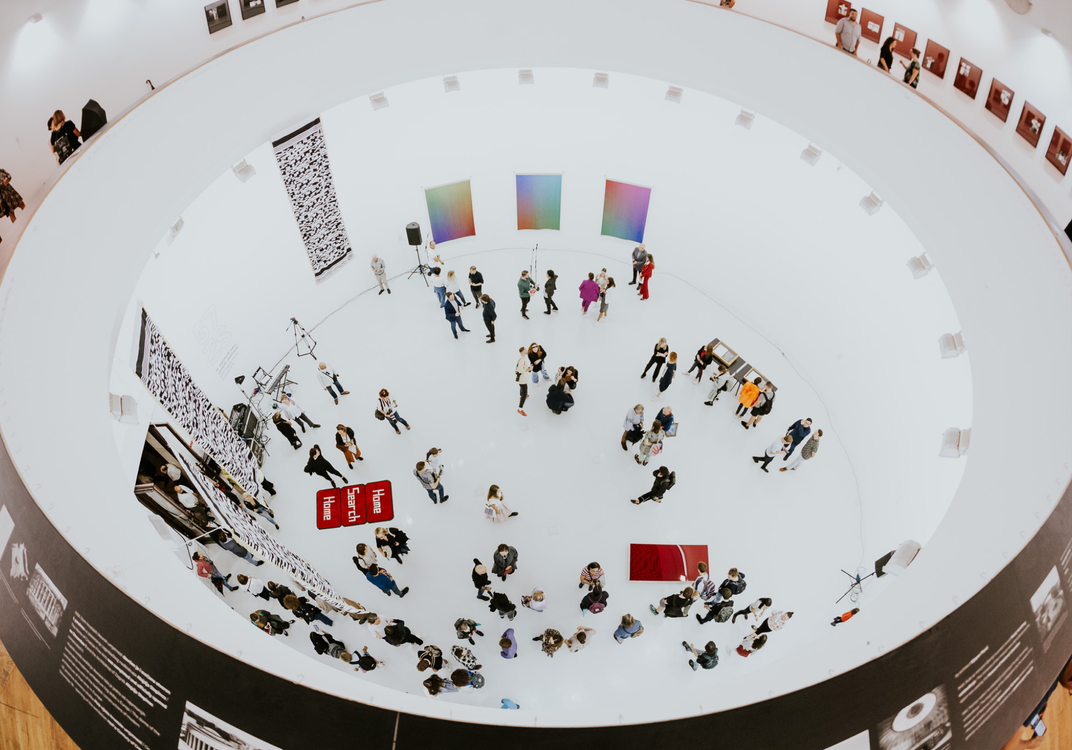
Although Artupunktura 2023 is still in its planning stages, one definite inclusion is the Art Future exhibition. This year’s theme is emotional and artificial intellignece, drawing attention its impact on everyday life and urban culture. The exhibition will feature international and local 3D artists whose works relect their interpretations on the theme as well as primary and secondary school students—a generation that will spend almost their entire lives with AI.
The best way to experience Artupunktura is on foot, strolling among the red-roofs, narrow streets, and rising church steeples of Zagreb’s centuries-old Gornji Grad (Upper Town), or walking among Lower Town’s mix of secessionist, neo-baroque and art deco buildings. This visionary initiative seamlessly incorporates imaginative and avant-garde artworks among them both, so that experiencing the city’s historic past while looking toward its future is incredibly easy, exciting, and rewarding to do.
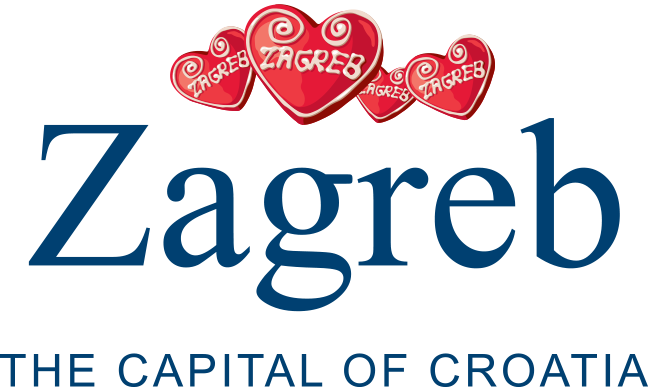
.jpg)
/https://tf-cmsv2-smithsonianmag-media.s3.amazonaws.com/filer_public/b1/bc/b1bc62b4-c417-4027-80a0-2142a3e3028c/artupunktura_2022_samir_ceric_kovacevic_10.jpg)